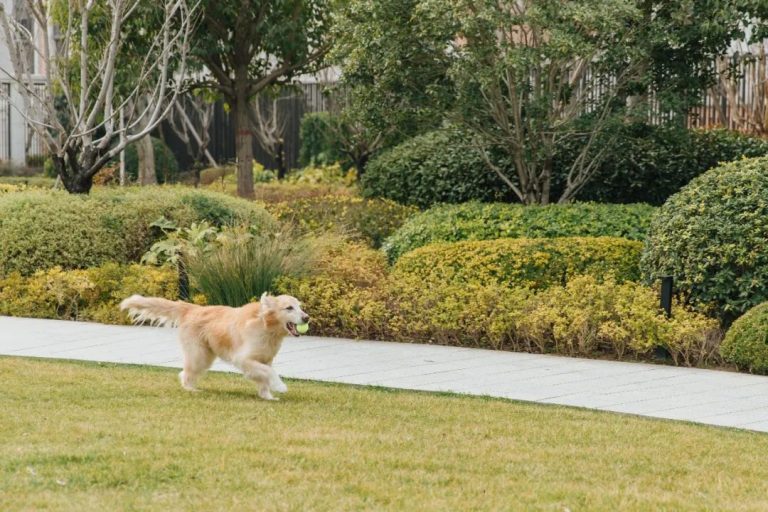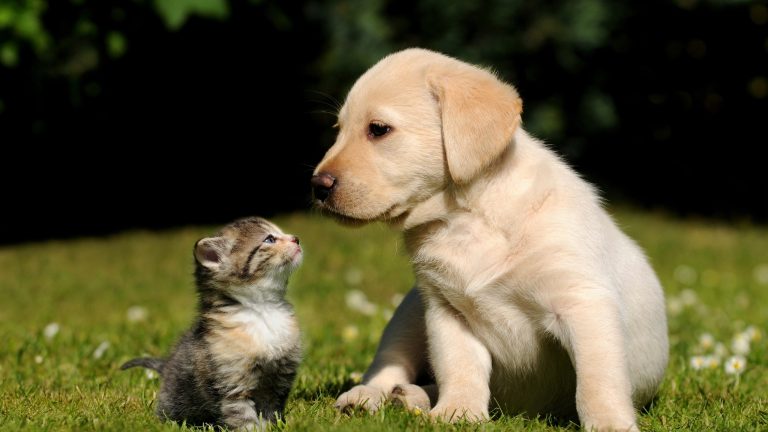Pet First Aid: Essential Skills Every Pet Owner Should Know
As a responsible pet owner, your furry friend’s health and safety are top priorities. While you hope that your pet will never experience an emergency, being prepared for the unexpected is crucial. Pet first aid is a valuable skill that can make a significant difference in the outcome of an emergency situation. In this article, we’ll explore essential pet first aid skills that every pet owner should know.

1. Assemble a Pet First Aid Kit
Before learning specific first aid techniques, start by assembling a pet first aid kit. Your kit should include:
- Sterile gauze and bandages
- Adhesive tape
- Scissors
- Tweezers
- Antiseptic wipes
- Digital thermometer
- Muzzle or restraint
- Hydrogen peroxide (3%) for wound cleaning (consult your vet before using)
- Disposable gloves
- Emergency contact numbers, including your vet and an emergency animal hospital
2. Know Pet CPR
Pet CPR (Cardiopulmonary Resuscitation) is a life-saving skill. While it’s best to attend a pet CPR class for hands-on training, here’s a basic overview:
- Check for breathing: Ensure your pet is unresponsive, then check for breathing by placing your ear near their chest and watching for chest movements.
- Perform chest compressions: If your pet isn’t breathing, lay them on their side on a firm surface. For dogs, compress the chest about one-third to one-half of its width. For cats, use your thumb and forefinger to compress the chest.
- Artificial respiration: After each set of compressions, give two rescue breaths. Close your pet’s mouth and breathe into their nose until you see the chest rise. Repeat this process until your pet starts breathing or you reach an emergency clinic.
3. Control Bleeding
In cases of bleeding, apply direct pressure to the wound using a clean cloth or gauze. Elevate the bleeding area if possible, but avoid doing so if it causes pain or further injury. Continue applying pressure until bleeding stops or until you can seek veterinary assistance.
4. Handle Fractures and Sprains
If you suspect your pet has a broken bone or sprain, minimize movement to prevent further injury. Use a splint or immobilize the area with a bandage wrap, taking care not to make it too tight. Transport your pet to the vet as soon as possible for a proper evaluation.
5. Treat Burns and Scalds
For burns or scalds, cool the affected area with cold running water for at least five minutes. Do not use ice or very cold water, as it can cause more damage. After cooling, cover the burn with a sterile dressing and seek veterinary care.
6. Recognize Signs of Poisoning
Know the signs of poisoning, which may include vomiting, diarrhea, drooling, seizures, and loss of consciousness. If you suspect poisoning, contact your veterinarian or an emergency animal poison control hotline immediately.
7. Be Cautious When Approaching Injured Pets
Injured pets may be frightened and in pain, which can make them unpredictable. Approach them cautiously, and use a muzzle or restraint if necessary to prevent bites. Speak softly and reassure them as you provide first aid.
8. Know Your Pet’s Normal Vital Signs
Understanding your pet’s normal vital signs, such as heart rate, respiratory rate, and temperature, can help you identify abnormalities in an emergency. If you notice significant deviations from the norm, seek veterinary care.
9. Practice Preventive Pet Safety
While knowing first aid is essential, preventing accidents and injuries is equally important. Pet-proof your home, keep dangerous substances out of reach, and supervise your pet in unfamiliar or potentially hazardous environments.
Conclusion
Pet first aid is a skill that can save lives and alleviate suffering during emergencies. However, it should not replace professional veterinary care. In any emergency situation, your top priority should be to stabilize your pet and seek immediate veterinary assistance. Consider taking a pet first aid course to gain hands-on experience and confidence in administering basic first aid techniques. By being prepared and knowledgeable, you can provide crucial assistance to your pet when they need it most.
Remember, your pet depends on you for their well-being, and having pet first aid skills is another way to fulfill your role as a loving and responsible pet owner.






